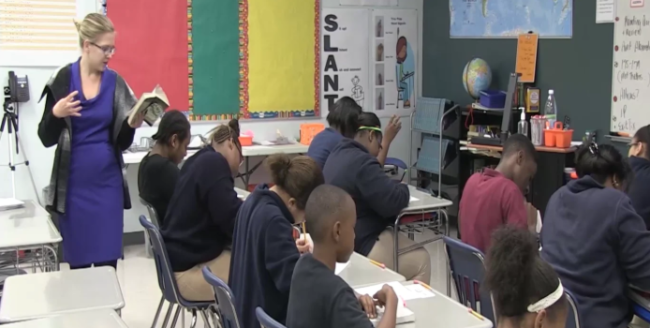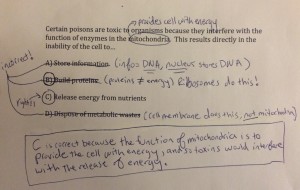02.24.16 Annals of Coaching: On Identifying Talent (& How That Shapes Coaching Decisions)

Manchester United played Shrewsbury Town in the FA Cup this week and managed a 3-0 victory, but the most interesting thing about the match might have been Stuart James’ article in the Guardian about Mat Sadler, the Shrewsbury defender who played alongside Wayne Rooney on the England U17 team 14 years ago. The “reunion” between Rooney…


